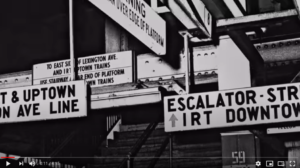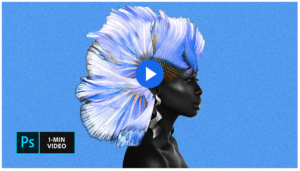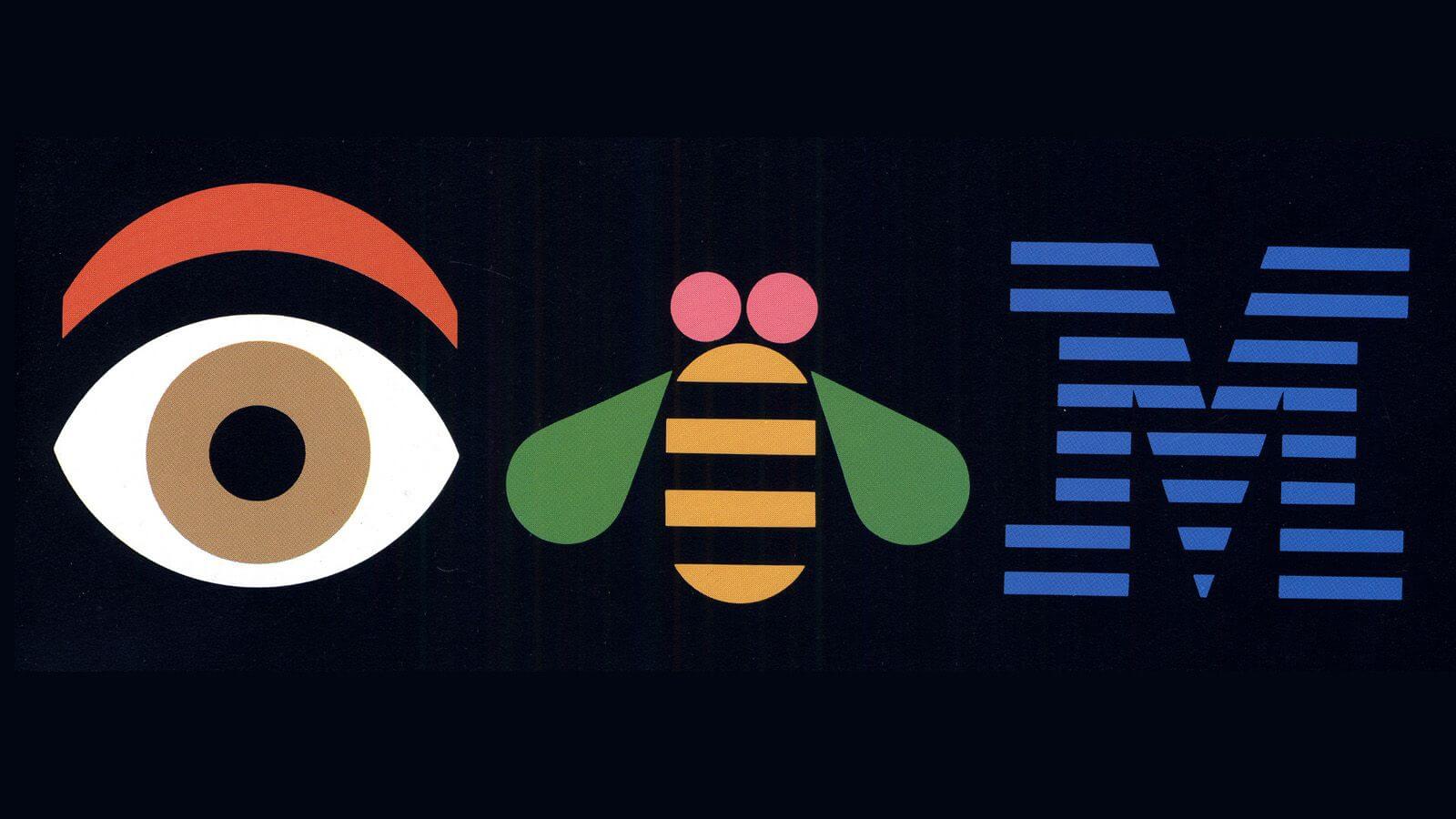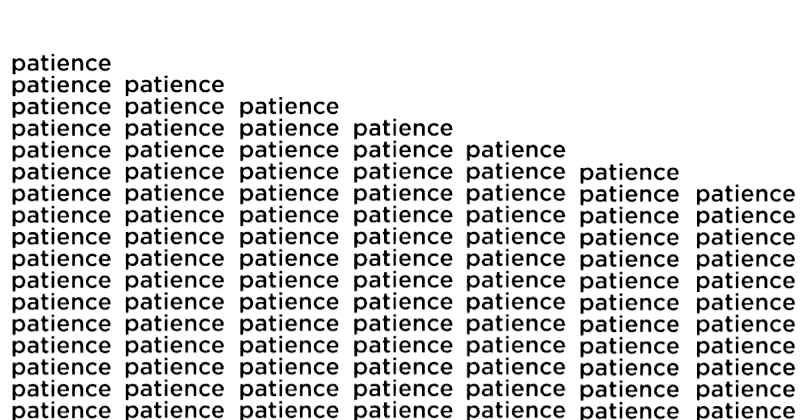
Hey Hey, Welcome back to MMA100 Weeks #6 & 7!
Here is this week’s useful information and class resources: Please keep in mind, there is a lot to see here below, take your time through out each week to explore what is below, if you have any questions or reactions please add them to the comments section. The comments section is helpful for extending our in class dialogs and gaining clarity by organizing your thoughts in a written format.
*Did you miss the post from Weeks #4 &5 – go Here!
The Zoom recording for class on 10/13 is below:
Passcode: 5X5?&q3B
Zoom Recording from class on 10/20 – Intro to Adobe Illustrator & assignment #3
Passcode: *7z^JPnj
Lets jump back in and start with some NYC Design History!! Behold, the NYC Transit Authority Graphics Standards Manual. See below
Inspiration – The NYC Transit Authority Graphics Standard Manual
The link above will you take you to a page with an active full PDF version of the manual. I would like for EVERYONE to please leave a comment at the bottom of this page after exploring the manual and answering the questions below (you can work on this outside of class over this week or next)
Designed by Massimo Vignelli and Bob Noorda, Unimark, 1970
I would love to hear your reactions and feedback in the comments section below!
**after you “post” your comment I will have to manually approve it – you may not see it show up right away. No need to post the comment twice 🙂
Some Questions to ponder and react to:
- What is your general feedback on the manual? Do you like it? Dislike it? Please Explain. Do you find it to be well designed, illustrated and clear in its application?
2. The manual was published in 1970. Does it still hold up for today’s world? Why or Why not?
3. What is missing or should be added for today’s world to help and expand the NYC Transit System?
4. What additional questions are you left with?
Video – Micheal Beruit from Pentagram Design discusses the manual here – Link to the video above – https://www.youtube.com/watch?v=Qg03z1H6cfA
Imagine being offered the opportunity to visually solve, design and illustrate the entire NYC transit system!? What goes into this process and research? Do you know who is responsible for this? How much does the designer charge for a project of such scale? Lets dig in and discuss.
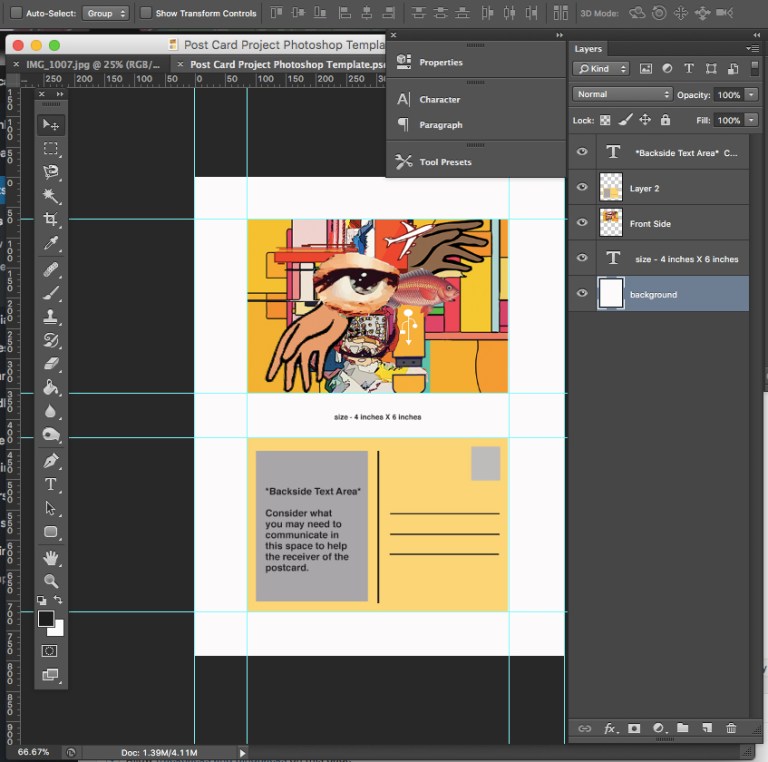
Last week we continued talking about Assignment #2 – The Post Card project ! Lets look at student work and talk about your progress and the potentials of the project. There is a lot of room for image manipulation and creating aesthetics with your work. Students will share their work via Zoom. Discussions about presentation methods and why presentation is so important. Please navigate to the assignment #2 page to view the assignment details with me again.
Tonight’s Video tutorial will cover some image manipulation techniques and applications.
Photoshop Video Tutorials –
- Creating Layer Masks / Photo Composites – The video below is great example – click here or the image below to view it.
2. Double Expose Technique – Click here or the image below to get started
The Zoom recording for 10/13 is below:
Passcode: 5X5?&q3B
<———{ week 6 transmission snip }———–>
Color Theory!
Adobe’s awesome Color Wheel Simulator (must see)
Several up and coming assignments will surely benefit from the use of understanding Color Theory and the Adobe Color Wheel!
*Above – Color Theory Continued -> GREAT RESOURCE – Must Read
*Above – Color Theory Continued -II >https://99designs.com/blog/tips/the-7-step-guide-to-understanding-color-theory/
Let’s Talk about Adobe Illustrator!
During week #7 we will take a class tour of Adobe Illustrator and get talking about Assignment #3
You can also take an additional tour with Adobe Wizard – Terry White
10 Things Beginners Want To Know How To Do with Adobe Illustrator (subscribe to Terry’s Channel!)
Adobe has a great series of videos on their channel on YouTube:
Check this series with a focus on Illustrator
https://www.youtube.com/c/AdobeCreativeCloud/search?query=illustrator
Designer Inspiration :: You need to know Paul Rand


